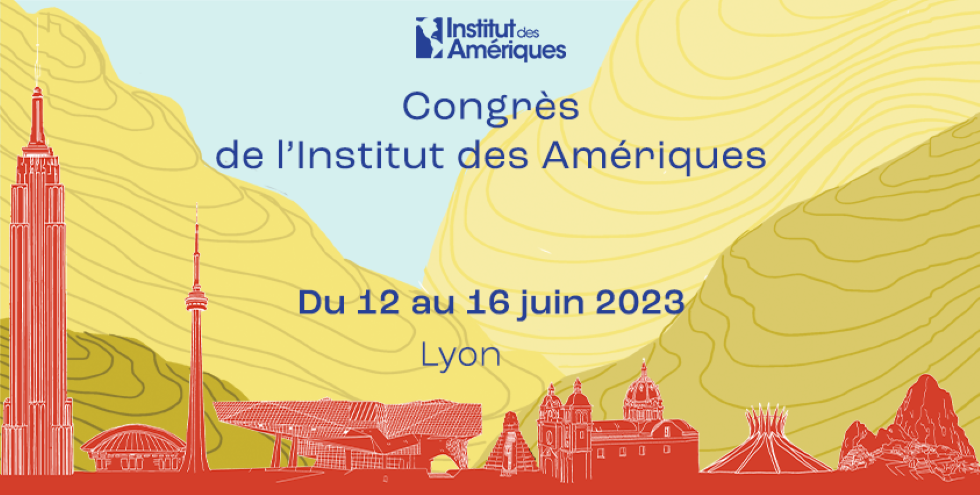
Round tables > Images of geography in Americanist researchGeography Round Table Thursday 15 June from 4.30 pm to 6.30 pm Palais Hirsch, Grand Amphithéâtre Organization: Matthieu Noucher (Passages - CNRS) and Violaine Jolivet (Université de Montréal) Speakers: Sébastien Caquard (Université Concordia), Margot François (IFG - Université Paris 8 Vincennes - Saint-Denis), Anaïs Marshall (LISST - Université Toulouse Jean Jaurès), Élise Olmedo (Université Concordia), Frédéric Piantoni (CEPED - Université de Reims Champagne Ardennes) and Luc Renaud (Université du Québec à Montréal) Presentation Geographers mobilize multiple images in their work : maps obviously, whether it is the unavoidable place occupied by the Geographic Information System and the geoweb, but also graphic models, sensible cartography, photographs, sketches, drawings or even videos as shown by th growth of documentary practices among geographers. The image as a documentary source, a place of investigation or a research method is a federating object that we offer to place at the center of this round table on the state of geography in the Americas. The objective would be to put the image aty the heart of the exchanges by considering it as an object but also as a subject that is studied, and approaching the different froms and uses in current research on the Americas. It will be about discussing theoretical, methodological, epistemological or ethical aspects bound to the image practices. Far from the idea of making an inventory of the images produced by geographic research, we wish to question the political and social dimensions of the image for geographers, an emphasize the way the use of the image in a critical perspective by the researchers allows to question ; the position of researchers and the production of image, the shape of the participatory or collaborative research through the image, or the question of valorization of images and ethics of restitution and broadcast of the research. The interventions will offer the opportunity to discuss these questions but also to vary the approaches through the image (cartography, documentary, photographs, drawings) and study spaces. |

